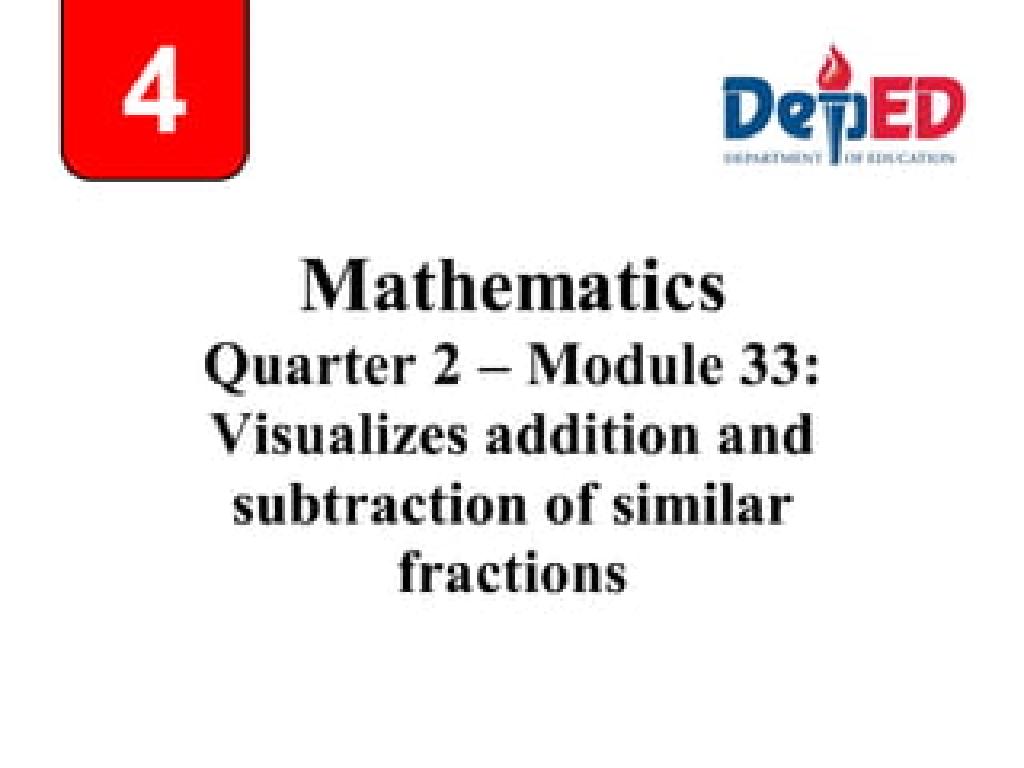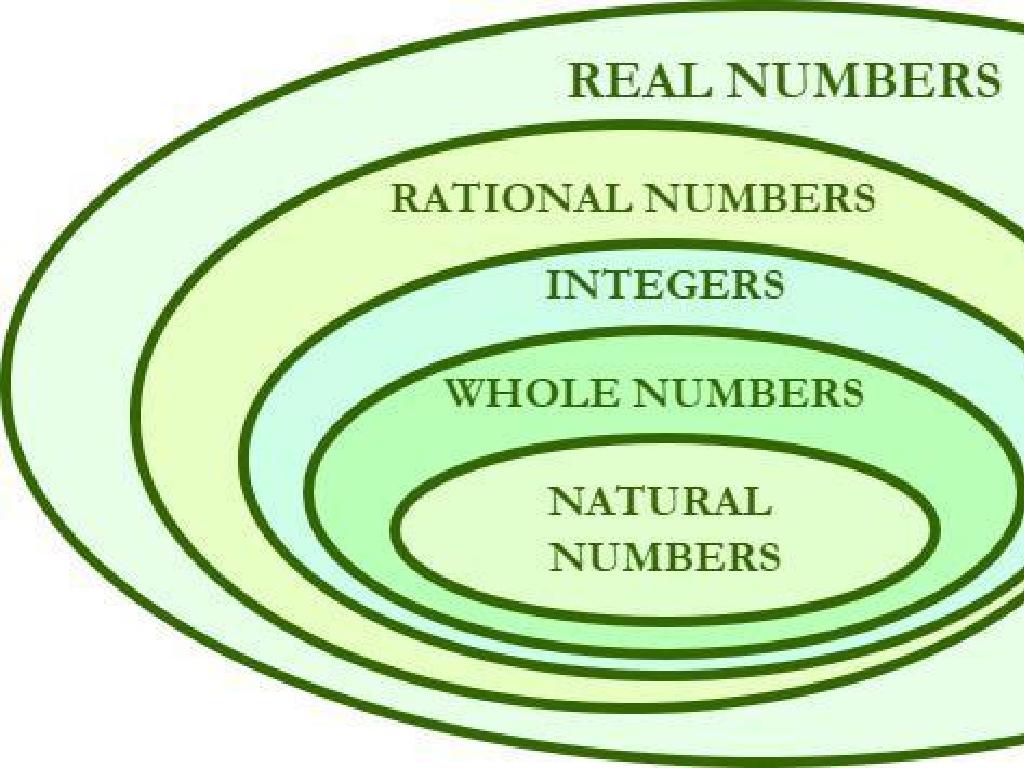Use Actions And Dialogue To Understand Characters
Subject: Language arts
Grade: Third grade
Topic: Inference
Please LOG IN to download the presentation. Access is available to registered users only.
View More Content
Becoming a Detective in Reading
– What is inference?
– Inference is like being a detective, but for words!
– Be a reading detective
– Imagine you have a magnifying glass to look for hints the author gives you.
– Use clues in the story
– Clues can be actions or things characters say.
– Understand characters better
– This helps us know why characters act the way they do.
|
In this slide, we introduce the concept of inference as a critical reading skill. Inference allows students to go beyond the text to understand the story better. Encourage them to think like detectives, searching for clues in the actions and dialogue of characters to uncover their feelings, motivations, and traits. Provide examples of how a character’s actions or words can give us hints about their personality or feelings. For instance, a character who whispers and looks around before speaking might be telling a secret or feeling nervous. This activity will help students practice making inferences to become more engaged and thoughtful readers.
Understanding Characters Through Actions and Dialogue
– Characters: people or animals in stories
– Actions and words reveal traits
– How a character acts or speaks tells us more about them
– Feelings shown through behavior
– A character may stomp to show anger, or whisper to keep a secret
– Inferring emotions indirectly
– We use clues to guess feelings, like a detective
|
This slide aims to teach students how to infer information about characters in a story by observing their actions and dialogue. Characters in stories can be people, animals, or even objects with personified traits. By paying attention to what characters do and say, students can learn about their personalities, motivations, and emotions. For example, a character who stomps their feet is likely angry, while one who whispers might be trying to keep something secret. Encourage students to become ’emotion detectives’ and look for these clues as they read, which will help them understand the characters on a deeper level.
Actions Speak Louder Than Words
– Actions reveal feelings
– Characters show anger or happiness by what they do, not just by what they say.
– Clues from character actions
– A character slamming a door might be angry, or sharing a toy might show kindness.
– Activity: Guess the feeling
– We’ll read a story and guess how characters feel by their actions.
|
This slide introduces the concept that characters in stories express their emotions and personality through their actions, not just their words. Use examples like a character slamming a door to indicate anger or sharing a toy to show kindness. The activity involves reading a story excerpt and having students infer the character’s feelings based on described actions. For the activity, prepare several scenarios or use a picture book with expressive illustrations. Possible feelings to guess could include happiness, sadness, anger, excitement, or fear. Encourage students to explain why they think the character feels that way, referencing specific actions.
Understanding Characters Through Dialogue
– What is dialogue?
– Dialogue is when characters in a story talk to each other.
– Dialogue reveals character traits
– What characters say gives us clues about their personality and feelings.
– Activity: Matching mood to dialogue
– Read the dialogues and guess the character’s mood: happy, sad, angry, or scared.
– Discuss your matches in class
– Share why you think the dialogue matches the mood with classmates.
|
This slide introduces the concept of dialogue as a tool for understanding characters in a story. Explain to students that dialogue is the conversation between characters and can provide insights into their emotions and personality. The activity involves matching given dialogues to corresponding moods, which helps students practice inferring character traits from their speech. Encourage students to justify their choices during the discussion, fostering critical thinking and comprehension skills. Provide guidance on how to look for context clues in dialogue that indicate a character’s mood, such as word choice and tone.
Understanding Characters Through Actions and Dialogue
– Combine actions & dialogue for character insight
– Actions & words reveal personality and motives
– Use inference to understand characters
– What do their actions and words tell us about them?
– Group Activity: Build a character profile
– Use clues from the story to create a character’s profile
– Share and discuss character profiles
– Discuss how each group’s profile differs and why
|
This slide aims to help students integrate the concepts of actions and dialogue to make inferences about characters in stories. By examining what characters say and do, students can gain a deeper understanding of their personalities and motivations. The group activity encourages collaborative learning, where students will use context clues to build a character profile, fostering critical thinking and discussion. Teachers should guide students to look for specific examples in the text that illustrate character traits and encourage them to explain their reasoning during the sharing session. This exercise will enhance their ability to make inferences and understand character development.
Class Activity: Let’s Become the Characters!
– Choose a story scene
– Act out with actions and dialogue
– Use voice and movement to express your character
– Classmates infer character traits
– What do the actions and words tell us about the character?
– Discuss character inferences
– Share thoughts on what each character is like
|
This interactive class activity is designed to help students understand characters through role play. Students will select a scene from a story they have read and act it out, focusing on using expressive actions and dialogue. This will help them to infer and understand the character’s traits, emotions, and motivations. Classmates will observe and use the performance to infer what the character is like. After the role play, there will be a group discussion where students can share their inferences and understand how actions and dialogue provide clues to a character’s personality. For the teacher: Prepare a list of scenes from stories the class has read for students to choose from. Ensure each student or group has a turn to perform and discuss. Encourage respectful and constructive feedback.
Conclusion: Understanding Characters Through Inference
– Importance of character understanding
Understanding characters helps us relate to the story and learn lessons.
– Inference in real life
Using inference, we can understand people’s feelings and actions better in our daily lives.
– Share your character insights
Discuss the character you learned about today. What clues helped you understand them?
– Reflect on today’s discoveries
|
This slide wraps up the lesson by emphasizing the importance of understanding characters in a story, which can help students develop empathy and critical thinking skills. Highlight how inference is a valuable skill not only in reading but also in real-life situations, where we often need to interpret cues to understand others’ behaviors and emotions. Encourage students to share their insights about the characters they’ve read about today, focusing on the actions and dialogues that helped them infer traits and motives. This reflection helps consolidate their learning and recognize the value of inference in everyday interactions.






